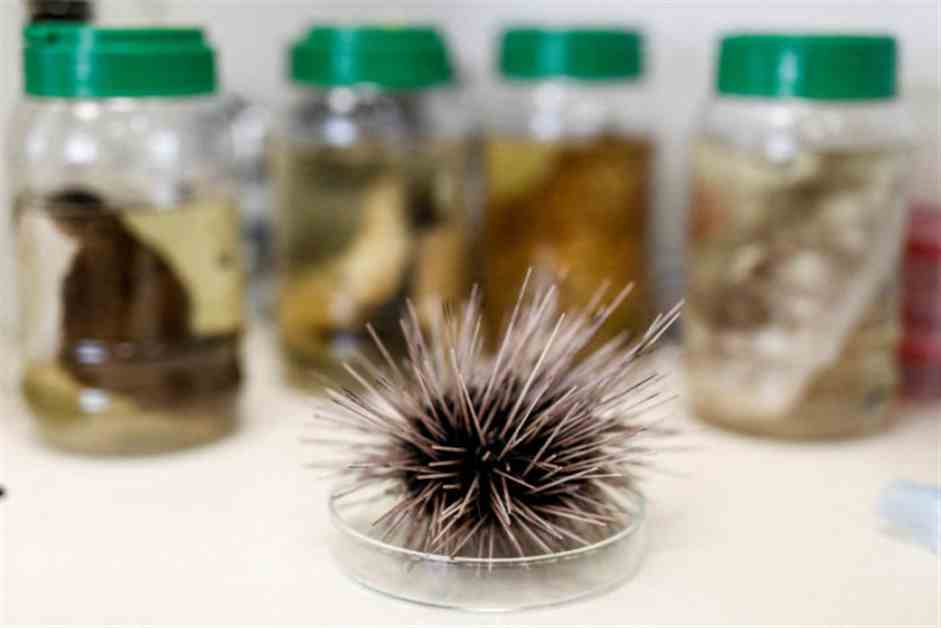Sea Urchin Pandemic Threatens Coral Reefs in Coral Triangle
Scientists in Israel have issued a warning about a sea urchin pandemic that originated in the Red Sea and is now spreading to the Indian Ocean, posing a threat to coral reefs worldwide. The pandemic, which was first observed in the Gulf of Aqaba, has been identified as a deadly pathogen that is decimating sea urchin populations.
The particular species of sea urchin affected plays a crucial role in protecting coral reefs by removing algae that inhibits sunlight from reaching the coral. With the rapid and violent nature of the pathogen, entire colonies of sea urchins can be wiped out in just two days, leading to serious ecological consequences.
Researchers fear that the pandemic is moving eastward towards the Coral Triangle, an area known for its rich marine biodiversity. If the pathogen reaches this region, it could have devastating effects on coral reefs in Southeast Asia and Australia.
Efforts are being made to study the spread of the pandemic and potential solutions to mitigate its impact. Scientists are collecting environmental DNA samples to better understand how marine life is being affected and are exploring the possibility of creating isolated populations of sea urchins to preserve the species.
The collaboration between researchers in Israel and across the region is crucial in monitoring and addressing this rapidly evolving situation. By working together, there is hope that measures can be taken to protect coral reefs and prevent further losses in sea urchin populations.
If you found this article interesting, please let us know your thoughts in the comments below. Thank you for reading!




